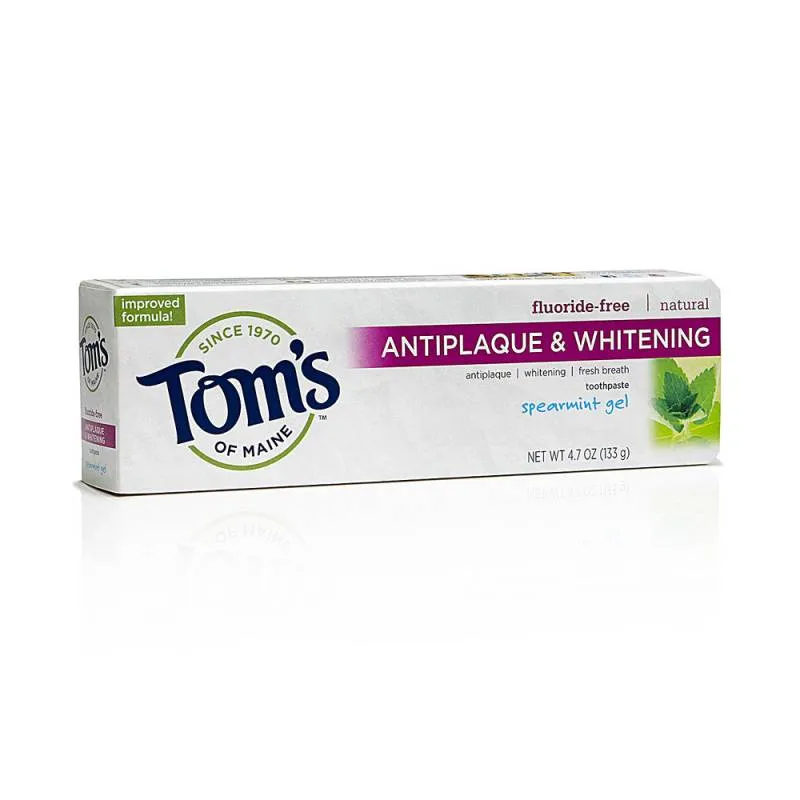Toms of Maine has carved a niche for itself in the oral hygiene market, emphasizing natural ingredients and sustainable practices. Their toothpaste line, particularly the antiplaque and whitening varieties, has gained significant popularity among health-conscious consumers. Understanding the components that make up these toothpastes is essential for anyone looking to make informed decisions about their oral care. This guide delves into the top seven ingredients found in Toms toothpaste, providing a comprehensive overview of their functions, benefits, and potential concerns.
Toms of Maine’s journey began with a commitment to creating personal care products that are good for people and the planet. Founded in 1970 by Tom and Kate Chappell, the company initially focused on natural and environmentally friendly alternatives to conventional products. Their toothpaste, a key part of their product line, reflects this ethos, using carefully selected ingredients to deliver effective oral care while minimizing the use of harsh chemicals. The brand’s dedication to transparency, sustainability, and community involvement has made it a trusted name in the industry.
Key Ingredients in Toms Toothpaste
Fluoride
Fluoride is a naturally occurring mineral widely recognized for its ability to strengthen tooth enamel and prevent cavities. It works by remineralizing the teeth, making them more resistant to acid attacks from bacteria that cause decay. Toms of Maine incorporates fluoride in its toothpaste to provide effective protection against tooth decay. The concentration of fluoride is carefully measured to meet safety standards and maximize its beneficial effects.
Benefits of Fluoride
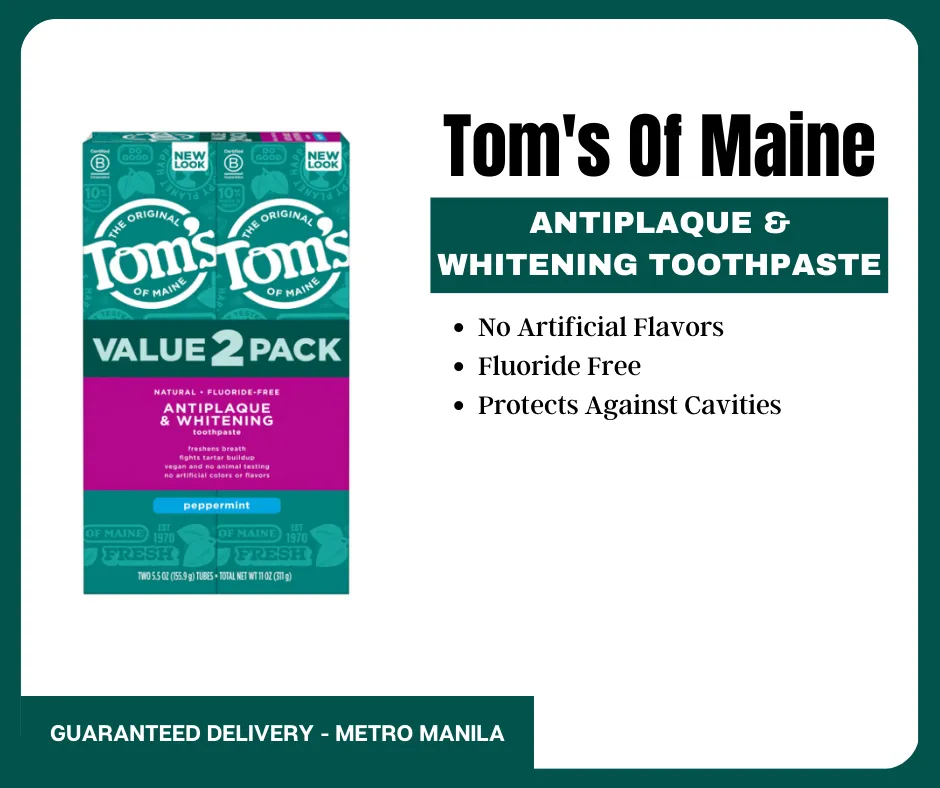
The primary benefit of fluoride is its role in preventing cavities. It helps to repair early stages of tooth decay by strengthening the enamel. Furthermore, fluoride can reduce the production of acid by bacteria in the mouth. This dual action makes fluoride a cornerstone of modern oral hygiene, offering significant protection against dental problems. Regular use of fluoride toothpaste, along with proper brushing and flossing, is a highly effective way to maintain a healthy smile.
Potential Concerns about Fluoride
While fluoride is generally safe and beneficial, excessive intake, particularly in children, can lead to fluorosis, a condition characterized by white spots or streaks on the teeth. This usually occurs when children swallow too much toothpaste. Toms of Maine carefully formulates its toothpaste to minimize the risk of fluorosis, and advises parents to supervise young children during brushing. Adhering to recommended usage guidelines helps to ensure that fluoride’s benefits are realized without adverse effects.
Hydrated Silica
Hydrated silica serves as a gentle abrasive in Toms of Maine toothpaste, contributing to the cleaning and polishing action. It helps remove surface stains, plaque, and debris from the teeth, promoting a cleaner and brighter smile. Unlike some harsh abrasives, hydrated silica is designed to be gentle on the enamel, minimizing the risk of damage while effectively cleaning the teeth. Its fine particles work to remove impurities without excessive abrasion.
What is Hydrated Silica?

Hydrated silica is a form of silicon dioxide, a mineral compound that is processed to create a fine, porous powder. In toothpaste, it acts as a mild abrasive, aiding in the removal of plaque and surface stains. It is specifically chosen for its compatibility with tooth enamel, ensuring that it effectively cleans without causing damage. The controlled particle size and shape of hydrated silica are crucial for its gentle yet effective cleaning properties.
Hydrated Silica and Cleaning
Hydrated silica works by gently scrubbing the surface of the teeth, removing food particles, bacteria, and other debris. This action helps to prevent the buildup of plaque, which can lead to gum disease and cavities. The polishing effect of hydrated silica also contributes to a brighter, whiter appearance. The effectiveness of hydrated silica lies in its ability to clean without the use of strong chemicals or excessive abrasion.
Glycerin
Glycerin is a humectant used in Toms of Maine toothpaste to retain moisture and prevent the toothpaste from drying out. It also helps to bind the other ingredients together, ensuring a smooth, consistent texture. Glycerin is derived from vegetable sources, aligning with Toms of Maine’s commitment to using natural ingredients. Its role in maintaining the product’s stability and usability makes it an essential component.
The Role of Glycerin
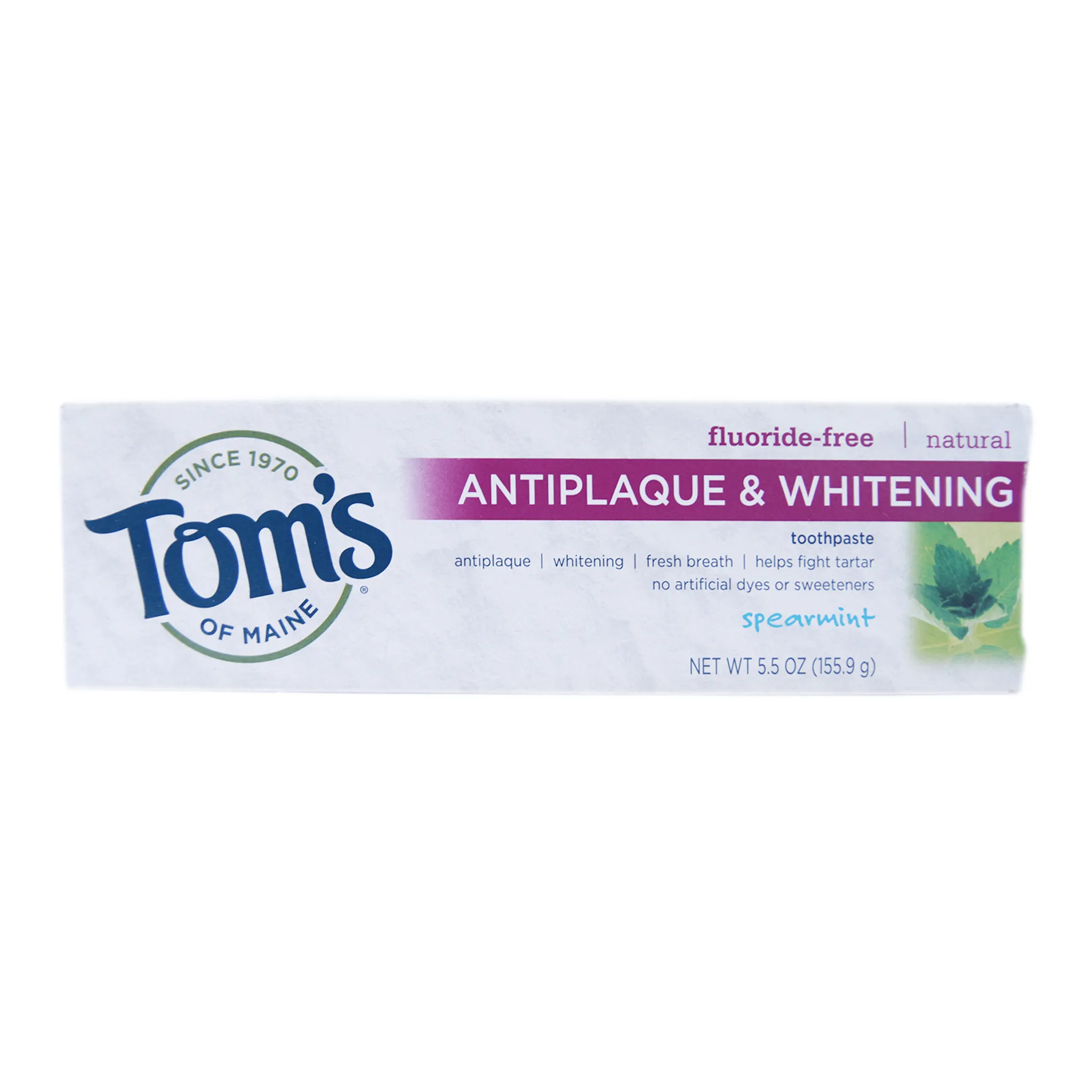
The primary function of glycerin is to act as a humectant, which means it attracts and retains water. This property prevents the toothpaste from hardening or drying out, ensuring that it remains usable over time. Glycerin also contributes to the texture and consistency of the toothpaste, helping to create a smooth and easy-to-apply product. Its role is crucial for maintaining the overall quality and performance of the toothpaste.
Glycerin and Toothpaste Consistency
Glycerin influences the texture of toothpaste, making it smooth and easy to dispense. It also helps to prevent the separation of ingredients, ensuring that the toothpaste remains uniform in consistency. This is particularly important for the even distribution of active ingredients, such as fluoride, throughout the product. The proper consistency enhances the overall brushing experience, making it more effective and pleasant.
Xylitol
Xylitol is a natural sweetener derived from plant sources, such as birch trees and corn. In Toms of Maine toothpaste, xylitol is used not only for its sweetening properties but also for its oral health benefits. Unlike sugar, xylitol cannot be metabolized by the bacteria that cause cavities. This feature makes xylitol a valuable ingredient in preventing tooth decay. It helps to reduce the levels of harmful bacteria and promotes a healthier oral environment.
Benefits of Xylitol
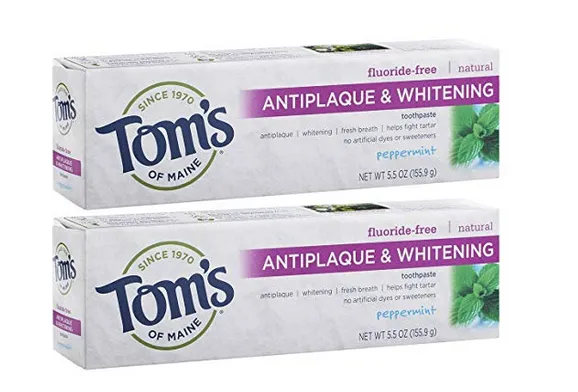
The primary benefit of xylitol is its ability to reduce the risk of cavities. Xylitol starves the bacteria that cause tooth decay, preventing them from producing harmful acids. Regular use of xylitol can also help to remineralize tooth enamel, further strengthening the teeth. Its sweet taste enhances the overall appeal of the toothpaste, making it more pleasant to use, particularly for children.
Xylitol and Oral Health
Xylitol contributes to overall oral health by creating an environment where harmful bacteria cannot thrive. This reduces the risk of plaque formation, gum disease, and other dental problems. Including xylitol in toothpaste is part of a comprehensive approach to oral hygiene, supporting healthy teeth and gums. The benefits of xylitol are particularly evident with regular and consistent use.
Carrageenan
Carrageenan is a seaweed extract used as a thickening agent in Toms of Maine toothpaste. It helps to provide the toothpaste with its gel-like consistency, ensuring that it is easy to dispense and apply to the toothbrush. Carrageenan is derived from red seaweed and is a common ingredient in many food and personal care products due to its stabilizing and thickening properties. Its use in toothpaste helps to maintain a consistent texture and improve the overall user experience.
What is Carrageenan?
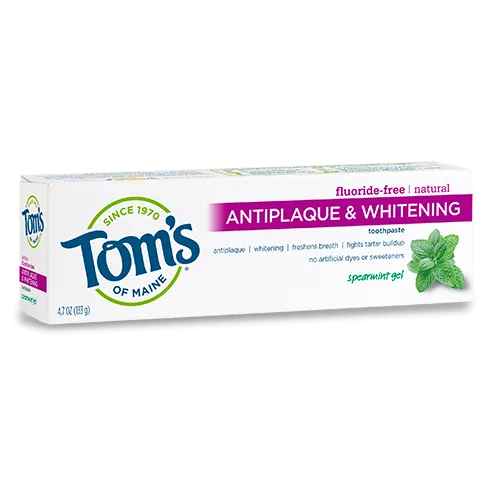
Carrageenan is a polysaccharide extracted from red seaweed. It functions as a thickening and stabilizing agent in toothpaste, giving it its characteristic texture. The seaweed is harvested, and the carrageenan is extracted and purified for use in various products, including toothpaste and food items. It is known for its ability to create a gel-like consistency, which is essential for the effective use of toothpaste.
Carrageenan in Toothpaste
In toothpaste, carrageenan serves to enhance the product’s texture and ensure that it applies smoothly to the toothbrush. It helps to prevent the separation of ingredients, contributing to the overall stability of the toothpaste. Carrageenan also ensures that the active ingredients, such as fluoride, are evenly distributed throughout the product, ensuring consistent effectiveness. Its role in maintaining the toothpaste’s usability is very important.
Titanium Dioxide
Titanium dioxide is used in Toms of Maine toothpaste as a whitening agent and to provide opacity. It helps to make the toothpaste appear white, which is associated with cleanliness and helps to enhance the perception of whitening effects. It is a mineral-based ingredient that is commonly used in cosmetics and personal care products to provide opacity and improve appearance. Its presence in toothpaste is a common practice for aesthetic and functional purposes.
The Purpose of Titanium Dioxide
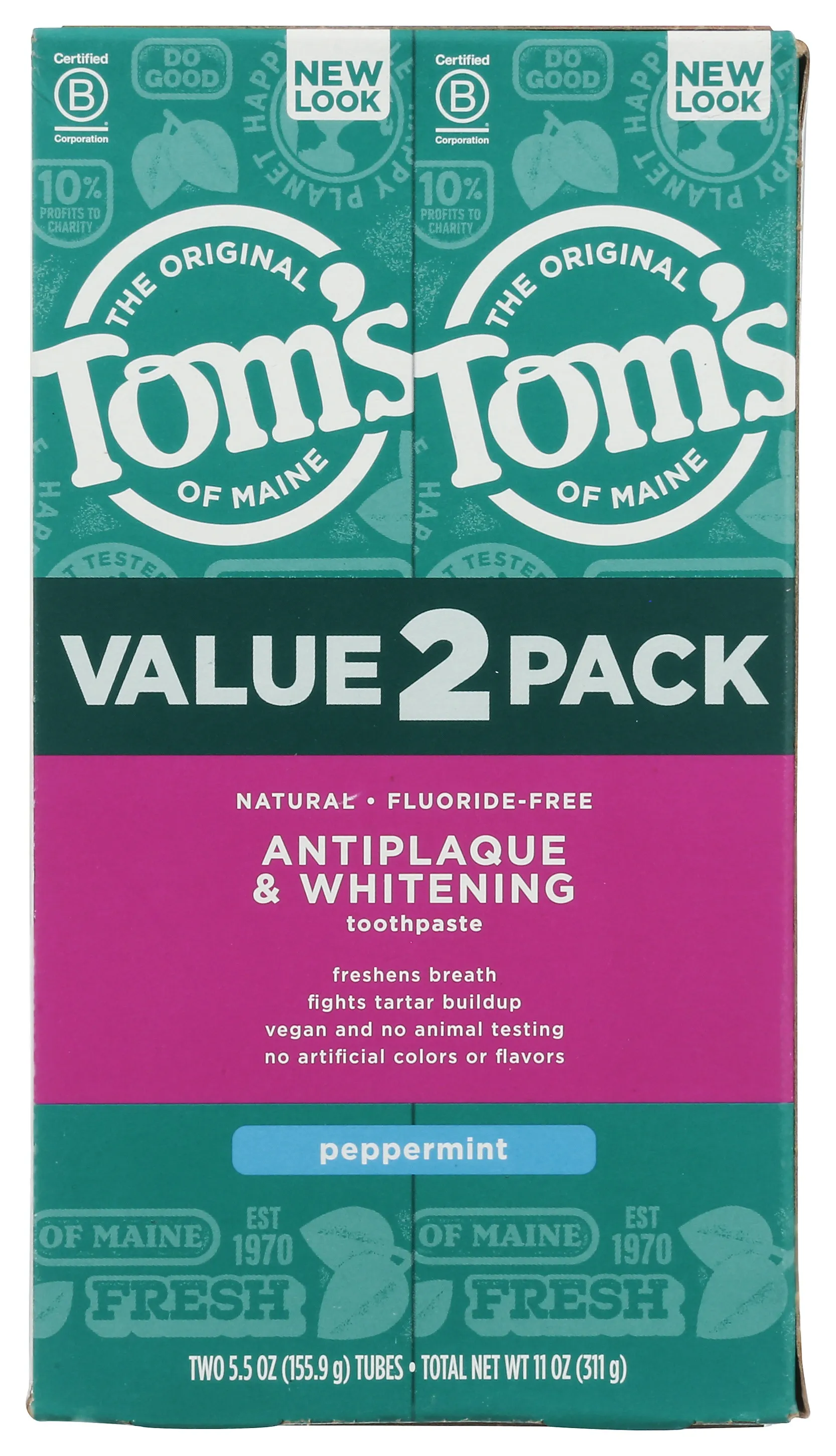
The primary function of titanium dioxide in toothpaste is to provide opacity, giving the product its white color. This also helps to reflect light, enhancing the perception of a clean and bright smile. It is a safe and effective ingredient used in many personal care products. The white color can also make the product more visually appealing, especially in the context of oral hygiene.
Titanium Dioxide and Whitening
Titanium dioxide contributes to the perceived whitening effect of the toothpaste by reflecting light and masking the natural color of the teeth. Although it does not actively bleach the teeth, its presence helps to create a brighter appearance. It is a safe and commonly used ingredient that helps in enhancing the overall aesthetic appeal of the toothpaste.
Sodium Lauryl Sulfate (SLS)
Sodium Lauryl Sulfate (SLS) is a surfactant used in Toms of Maine toothpaste to create foam and help clean the teeth. It lowers the surface tension, allowing the toothpaste to spread easily and effectively remove debris. While SLS is effective, it can cause sensitivity in some individuals. Toms of Maine has often used SLS in its formulas, but also offers SLS-free options. Its use is carefully balanced to ensure effective cleaning while considering potential sensitivities.
The Function of SLS
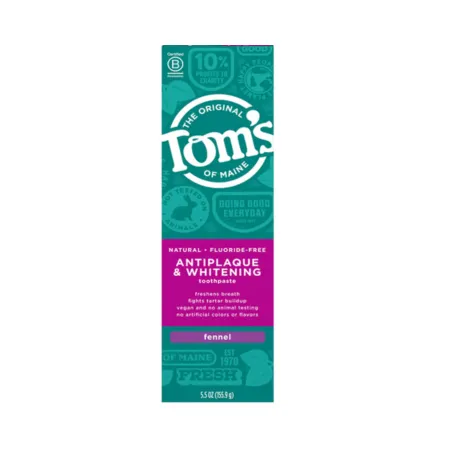
The primary function of SLS is to act as a surfactant, creating foam that aids in removing plaque, food particles, and other debris from the teeth and gums. It helps to emulsify oils and fats, allowing them to be washed away during brushing. The foaming action also contributes to the overall brushing experience, ensuring that the toothpaste reaches all areas of the mouth. SLS is a common ingredient in many oral hygiene products for its cleaning properties.
SLS and Sensitivity
SLS can cause sensitivity in some individuals, leading to irritation or canker sores. This is a common concern for those with sensitive gums or oral tissues. Toms of Maine addresses this issue by offering SLS-free toothpaste options, providing a choice for consumers who may be sensitive to the ingredient. The availability of alternative formulations allows individuals to maintain effective oral hygiene without experiencing irritation.
Natural Flavorings
Toms of Maine uses natural flavorings to enhance the taste and make the toothpaste more palatable. These flavorings are derived from natural sources, such as essential oils and plant extracts. The flavorings not only improve the taste but can also contribute to a feeling of freshness and cleanliness. The choice of natural flavorings aligns with the brand’s commitment to using ingredients that are both effective and safe.
Common Natural Flavorings
Common natural flavorings used in Toms of Maine toothpaste include peppermint, spearmint, and other essential oils. These ingredients provide a refreshing taste and can also have antimicrobial properties. The natural flavorings are carefully selected to ensure they are safe, effective, and contribute to the overall appeal of the toothpaste. Flavor variations often cater to various consumer preferences, adding to the product’s overall versatility.
Flavoring and Taste
The flavoring plays a crucial role in the overall brushing experience. The taste of the toothpaste influences consumer enjoyment and adherence to good oral hygiene practices. Toms of Maine emphasizes the use of natural flavorings to provide a pleasant and refreshing taste that encourages regular brushing. The combination of effective cleaning and appealing flavors is a key component of the brand’s success.
In conclusion, Toms of Maine toothpaste ingredients are carefully selected to balance effectiveness, safety, and environmental responsibility. From fluoride and hydrated silica to xylitol and natural flavorings, each component plays a vital role in promoting oral health. Understanding these ingredients helps consumers make informed choices about their dental care, aligning with Toms of Maine’s commitment to transparency and well-being. By using natural ingredients and avoiding harsh chemicals, Toms of Maine has established itself as a trusted brand for those seeking effective and eco-friendly oral hygiene solutions.
